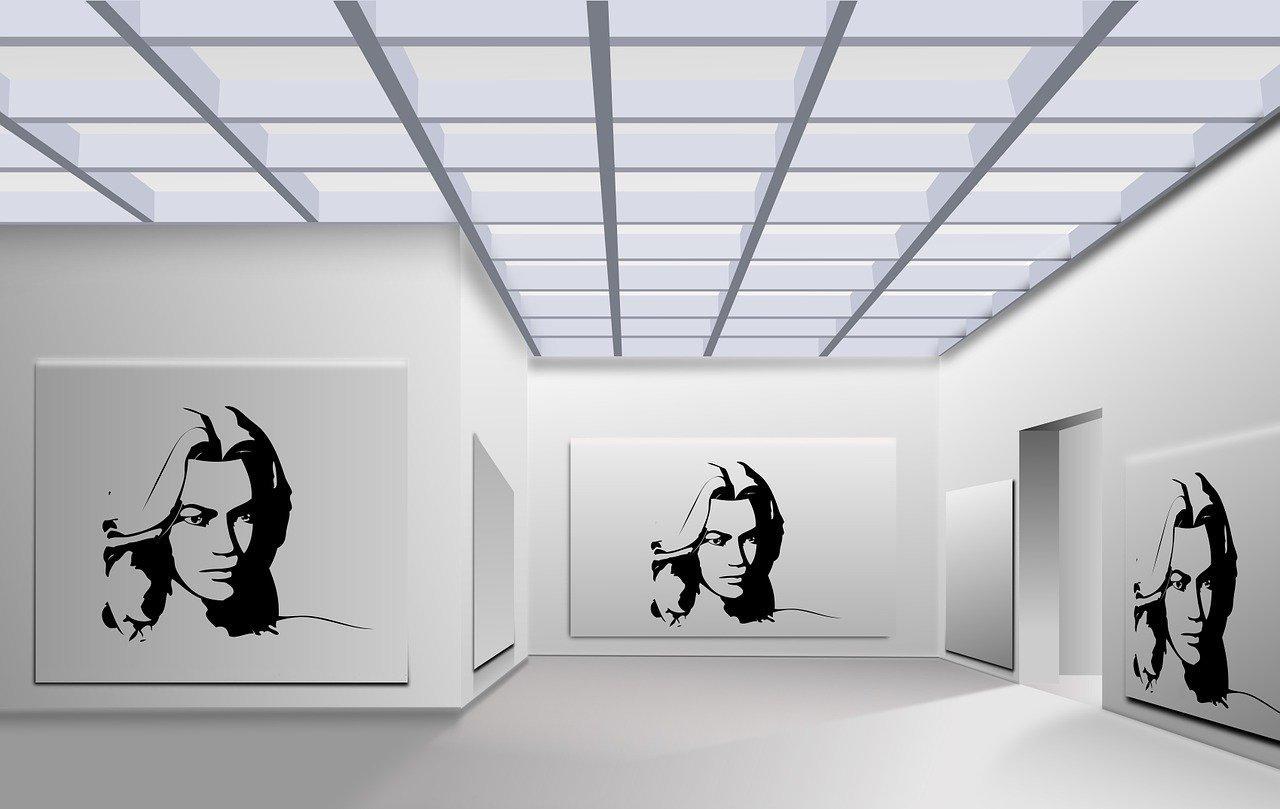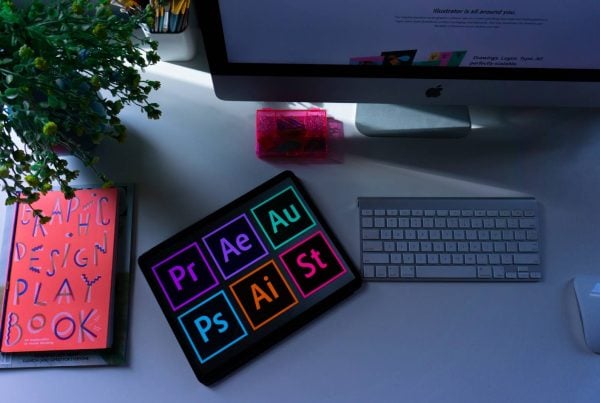If you’re passionate about art and want to work surrounded by creativity, getting a job in an art gallery could be your ideal first step into the art world. Whether you’re interested in curating exhibitions, assisting visitors, or learning about art sales, there are many ways to begin your career. Here’s how to get started.
Table of Contents
1. Understand What Roles Are Available
Art galleries offer a wide range of roles beyond simply hanging artwork. Depending on the size of the gallery, positions might include:
- Gallery assistant
- Curatorial assistant
- Education and outreach officer
- Art handler
- Front-of-house staff
Before applying, research what each role involves. Working in a smaller independent gallery might allow you to gain experience across multiple areas, while a large gallery may have more specialised positions.
2. Get Familiar with Art Movements and Styles
Having a strong understanding of art history and styles will set you apart from other candidates. Be ready to talk about key movements such as Cubism Art, Impressionism, or contemporary trends. This knowledge shows your genuine interest and helps you communicate confidently with visitors and artists.
You don’t need a degree in art history to work in a gallery, but taking the initiative to read, visit exhibitions, or attend talks can make a big difference.
3. Build Relevant Experience
While you might think experience in an art gallery is essential, transferable skills count too. Customer service, administration, event planning, and public speaking are all valuable. If you’re a school leaver or recent graduate, consider volunteering at a local gallery or museum to gain hands-on experience.
Make sure to use a CV for school leaver tailored to the art industry, and focus on your enthusiasm for the arts, any relevant coursework, and transferable skills such as teamwork, organisation, and communication. Even part-time jobs in retail or hospitality can demonstrate valuable abilities.
4. Learn About Art Sales and Client Relations
Commercial galleries are businesses as well as creative spaces. If you’re aiming for a role in sales, it’s useful to understand how art is priced, promoted, and sold. Familiarise yourself with concepts like Composition in Art, provenance, and editioning. This knowledge can help when discussing artworks with potential buyers or explaining pieces to the public.
For roles involving client relations or sales, good interpersonal skills are key. Practise speaking confidently about art, and develop your ability to tailor conversations to different audiences.
5. Consider Formal Qualifications
Although a degree isn’t always required, some roles – especially in curating or education – may prefer candidates with qualifications in Fine Art, art history, museum studies, or a related field. Short courses in gallery management or art marketing can also boost your CV.
However, many galleries value practical experience, so don’t be discouraged if you don’t have formal qualifications. Hands-on learning through volunteering or internships can be just as valuable.

6. Network in the Art World
Networking is crucial in the arts sector. Attend gallery openings, art fairs, and talks to meet industry professionals. Follow galleries, curators, and artists on social media to stay updated on opportunities. Sometimes roles aren’t advertised publicly, so having connections can give you an advantage.
Don’t be afraid to introduce yourself and express your interest in working in a gallery. Many opportunities arise simply because someone remembers you were enthusiastic and proactive.
7. Tailor Your Application
When applying for gallery roles, tailor your CV and cover letter to each position. Highlight your relevant skills, knowledge of art, and any direct experience with exhibitions or events. Mention your familiarity with key movements like abstract painters or contemporary trends if relevant to the gallery’s focus.
For entry-level roles, it’s okay to emphasise your willingness to learn and passion for the industry. Keep your application professional, concise, and focused on how you can contribute to the gallery’s work.
Example CV for an Entry-Level Art Gallery Assistant
Jane Smith
[email protected]
07123 456789
Profile:
Enthusiastic and creative recent school leaver passionate about art and cultural spaces. Seeking an entry-level role in an art gallery to develop knowledge of exhibitions, visitor engagement, and the business of art.
Education:
BA (Hons) Fine Art, University of the Arts London (September 2021 – July 2024)
London
Experience:
Volunteer, Local Art Museum (Jan 2024 – Apr 2024)
- Assisted with exhibition set-up and takedown
- Welcomed visitors and answered basic questions
- Helped supervise children’s art workshops
Part-time Retail Assistant, High Street Fashion Store (2022 – 2024)
- Delivered excellent customer service
- Managed stock and displayed merchandise
- Handled transactions and refunds
Skills:
- Knowledge of modern and contemporary art
- Strong communication and teamwork skills
- Confident speaking with the public
- Organised and proactive
Interests:
- Visiting art galleries and museums
- Painting and mixed media projects
- Following emerging artists on social media
References
Available on request
Final Thoughts
Getting a job in an art gallery combines passion for creativity with professional skills. Whether you’re aiming for a hands-on role or dream of curating exhibitions, building your knowledge, gaining experience, and networking are key steps.
Be patient and persistent – opportunities often come through showing initiative and enthusiasm. Start small, gain experience where you can, and you’ll be well on your way to a rewarding career in the art world.






